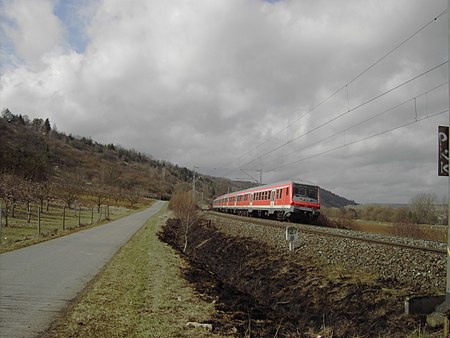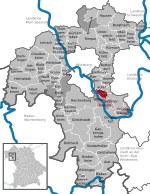Würzburg train attack
2016 crimes in Germany2016 in Bavaria2016 in rail transportAxe attacksHistory of Würzburg ... and 12 more
History of rail transport in GermanyISIL terrorist incidents in GermanyIslamic terrorism in GermanyIslamic terrorist incidents in 2016July 2016 crimes in EuropeJuly 2016 events in GermanyKnife attacksMass stabbings in GermanyRefugees in GermanyStabbing attacks in 2016Terrorist incidents in Germany in 2016Terrorist incidents involving knife attacks

On 18 July 2016, Riaz Khan Ahmadzai, a 17-year-old refugee from Afghanistan, stabbed and injured five people on and outside a train near Würzburg, Germany. He was shot dead by police soon afterwards, after attacking a police tactical unit with an axe. Investigations revealed he was in contact with members of the Islamic State.
Excerpt from the Wikipedia article Würzburg train attack (License: CC BY-SA 3.0, Authors, Images).Würzburg train attack
Winterhäuser Straße, Würzburg Heidingsfeld
Geographical coordinates (GPS) Address Nearby Places Show on map
Geographical coordinates (GPS)
| Latitude | Longitude |
|---|---|
| N 49.75611 ° | E 9.97061 ° |
Address
Randersacker
Winterhäuser Straße
97084 Würzburg, Heidingsfeld
Bavaria, Germany
Open on Google Maps









